Can a Pregnant Woman Safely Continue her Pre-Pregnancy Workout Routine?
A regular exercise routine has become a way of life for many women, and many choose to continue their exercise routines when they become pregnant. Research in the field of maternal fitness has shown that exercise during a non-complicated pregnancy is healthy for both mom and baby and may help prevent or reduce some of the physical problems associated with pregnancy, labor, and delivery.
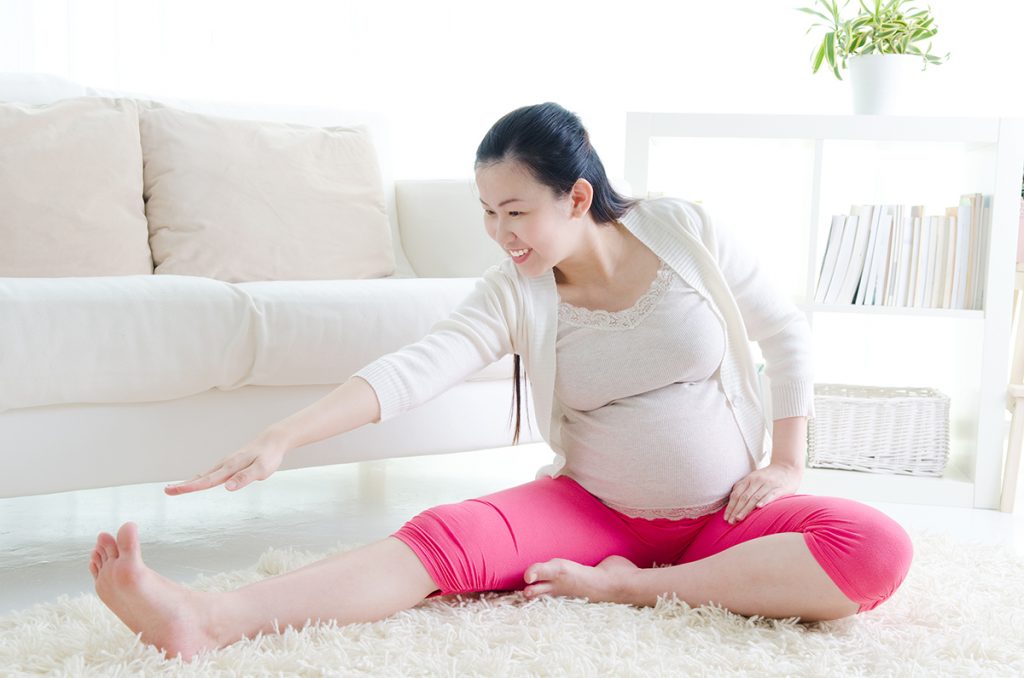 Although exercise is a positive addition to a healthy pregnancy, there are established guidelines that help ensure that a woman’s exercise program is safe and effective. First and foremost, it is important for a pregnant woman to consult with her healthcare provider before starting any exercise program. She should bring a list of questions regarding her exercise program and provide an overview of what type, intensity, frequency, and duration of exercise she would like to do. This enables her healthcare provider to accurately assess whether the fitness program is appropriate for her pregnancy.
Although exercise is a positive addition to a healthy pregnancy, there are established guidelines that help ensure that a woman’s exercise program is safe and effective. First and foremost, it is important for a pregnant woman to consult with her healthcare provider before starting any exercise program. She should bring a list of questions regarding her exercise program and provide an overview of what type, intensity, frequency, and duration of exercise she would like to do. This enables her healthcare provider to accurately assess whether the fitness program is appropriate for her pregnancy.
Each woman’s level of fitness and health is different, as is each pregnancy. There are several points to consider when choosing to continue a fitness program during pregnancy. Some types of exercise are more easily continued during pregnancy, and common sense, safety, and comfort all play a role in deciding whether an activity should be part of a prenatal fitness program.
Choosing the type of exercise that will be safe and effective during pregnancy can be determined by reviewing the following points:
- What activities does she enjoy or are skilled at doing?
- Does the activity pose an increased risk of falls or blunt abdominal injury?
- Is she able to do the activity without being compromised by balance and center of gravity changes?
- Can the activity be easily modified as pregnancy progresses?
- Does common sense conclude that this is a safe activity to continue during pregnancy?
Research on prenatal exercise has suggested that greater benefits are achieved by including sustained, weight-bearing exercises such as walking, running, stationary stepping/elliptical machine, or dance classes in a prenatal fitness program. However, some women may not tolerate weight-bearing exercise during pregnancy and are more comfortable with non-weight bearing activities such as swimming and stationary biking.
There are several activities, such as scuba diving and water skiing, that are never safe to do during pregnancy. Other activities, such as downhill skiing, horseback riding, and sports with a chance of abdominal impact may also be too risky for most women to continue during pregnancy.
Here are a few tips for keeping a prenatal exercise routine safe:
- Pregnant women need to add 300 calories to their daily food intake to meet the needs of pregnancy. If she is physically active, she may need to increase that amount if she’s not gaining weight normally. The number of extra calories needed depends on the intensity and duration and frequency of the exercise program. It is important to drink 8-10 cups of water each day and increase that amount during hot and humid weather.
- Exercise in heat and humidity can be dangerous. It is safest to exercise in an air-conditioned facility during the summer months. If she does choose to exercise outdoors during warm weather, she should avoid the high heat times between 11:00 am and 4:00 pm and reduce intensity and duration to prevent overheating.
- She should frequently monitor herself during exercise for signs of overheating, such as dizziness, faintness, or nausea. Drinking plenty of water before, during, and after exercise to replace the fluids lost will help prevent dehydration and overheating. Hot tubs and saunas may cause core temperature to rise to unsafe levels and should be avoided.
A simple method for monitoring intensity level during prenatal exercise is to assess how hard the exercise feels. A pregnant woman should feel that her exercise level is moderate to somewhat hard. If she feels out of breath or is unable to talk (termed the “talk test”), she is working at too high a level and should decrease intensity or stop and rest. Her exercise level should feel challenging but not so difficult that she feels exhausted during and/or afterward.
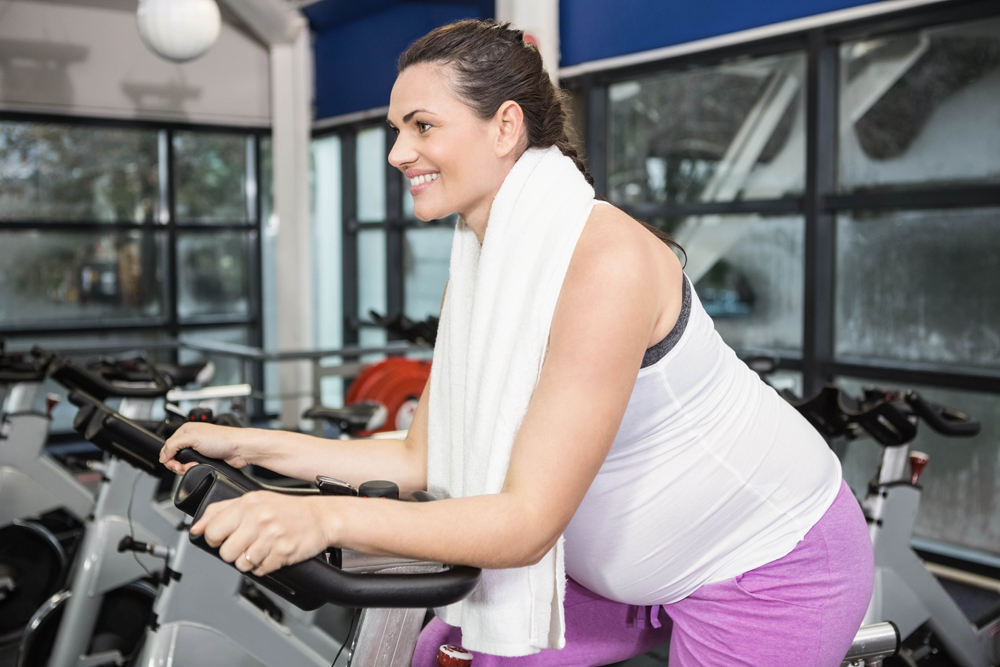 Self-assessment is one of the best ways for a pregnant woman to monitor her exercise program and assure herself that her activity level is safe. A pregnant woman should review the following questions several times each month and follow up with her healthcare provider if she experiences any problems.
Self-assessment is one of the best ways for a pregnant woman to monitor her exercise program and assure herself that her activity level is safe. A pregnant woman should review the following questions several times each month and follow up with her healthcare provider if she experiences any problems.
- Do you and your healthcare provider feel that you are gaining weight normally?
- Do you feel well physically and mentally?
- Are you able to comfortably follow your exercise program without pain, exhaustion, or problems following exercise?
- Do you experience chronic or extreme exhaustion?
- If you are at the point in pregnancy where you are consistently feeling fetal movement, have you noticed any change in the pattern or amount of your baby’s movements?
- Does your baby move at least two times within 20-30 minutes following exercise?
- Was your last abdominal fundal height measurement (a measurement of fetal growth) or ultrasound assessment within normal limits, and is your baby progressing normally at each medical check?
- Does your healthcare provider have any concern regarding the health of your pregnancy?
Pregnant women who continue a challenging level of exercise need to be aware of signs or symptoms that indicate overwork, such as an elevated resting heart rate, frequent illness, lack of weight gain, depression and chronic exhaustion. She should decrease or stop her exercise program during illness, when fatigued, under excessive stress or if experiencing any complications with her pregnancy.
Prenatal exercise should enhance pregnancy and help to make a woman’s postpartum recovery smoother. The best advice for the athletic woman who wants to continue her fitness program during pregnancy is to use common sense, listen to her body, and enjoy all the challenges and changes this incredible experience offers.
Catherine Cram started her company, Prenatal and Postpartum Fitness Consulting, in order to provide current, evidence- based guidelines maternal fitness guidelines to health and fitness professionals. She was a contributing author for the textbook, Women’s Health in Physical Therapy and co-authored the revision of Exercising Through Your Pregnancy with Dr. James Clapp. Her company offers the certification course, “Prenatal and Postpartum Exercise Design” which provides continuing education credits for over 30 health and fitness organization, including ACSM, ACE, ICEA, and Lamaze.


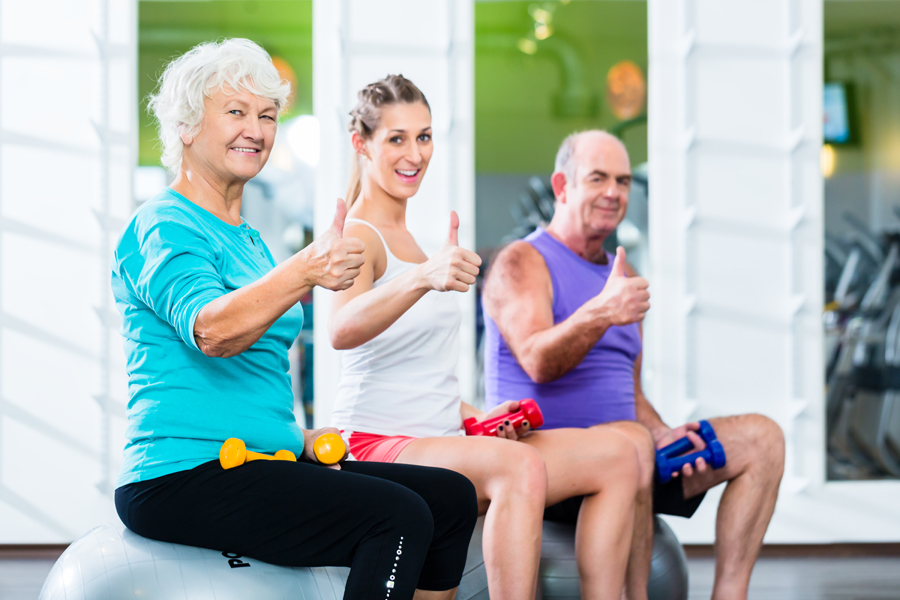
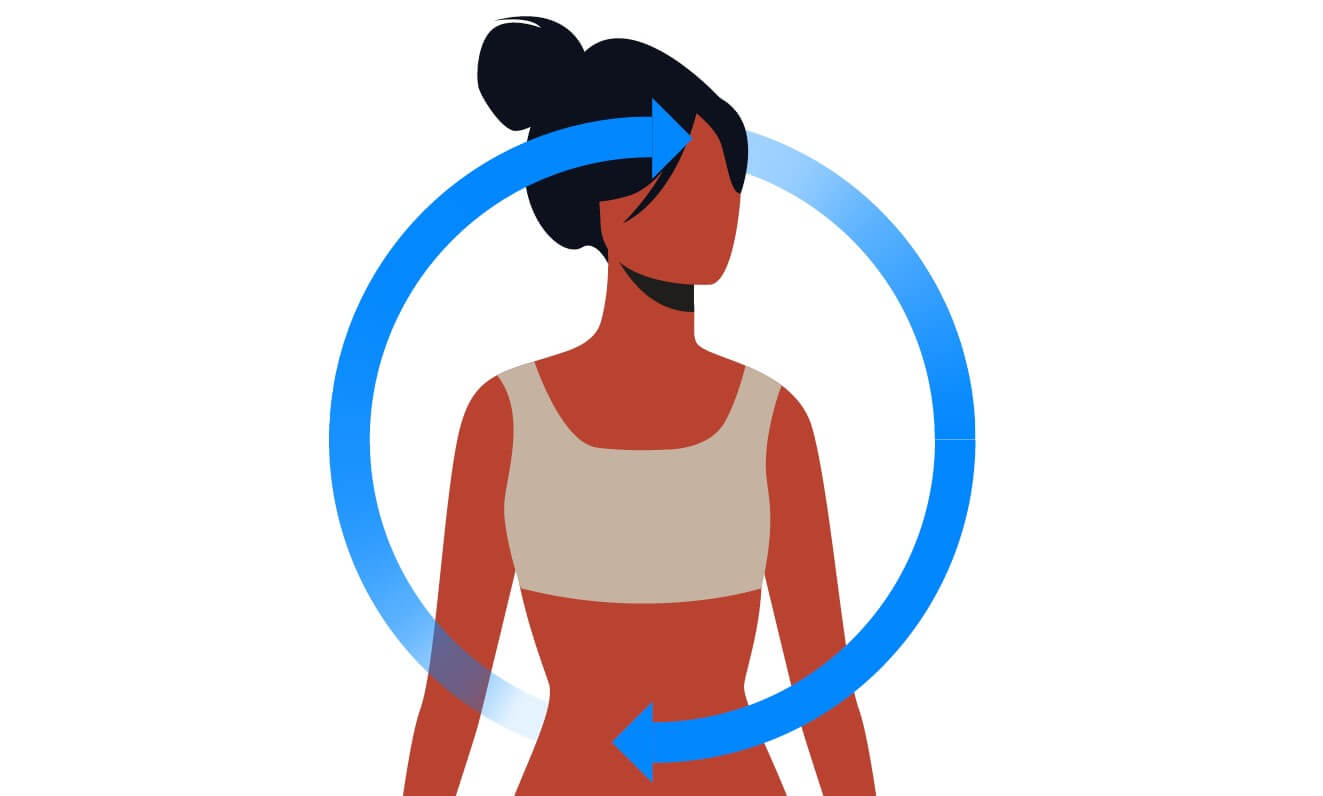
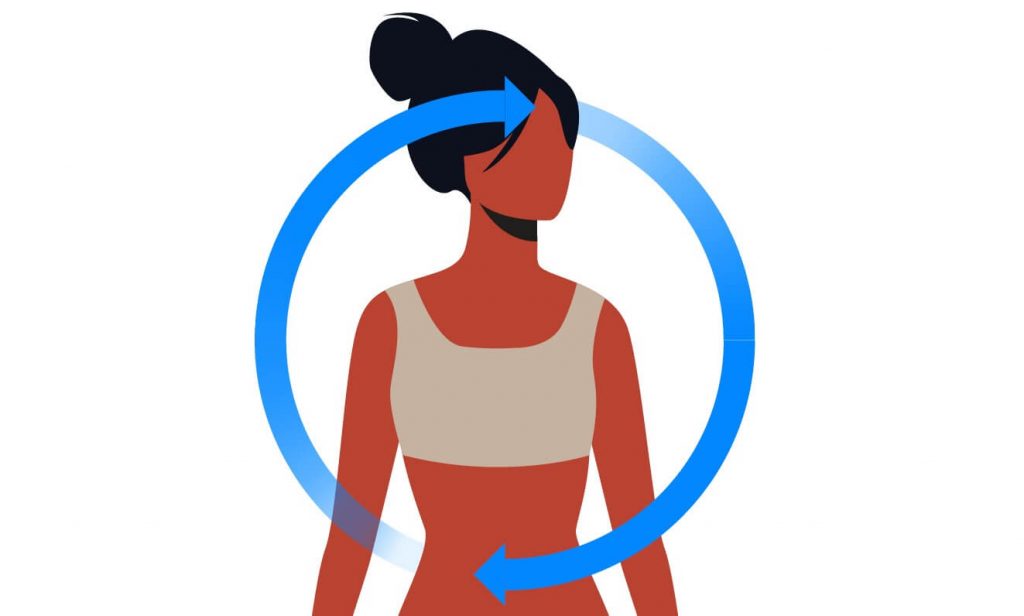

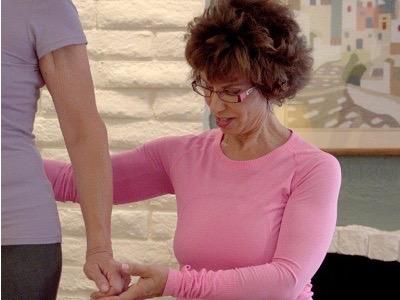

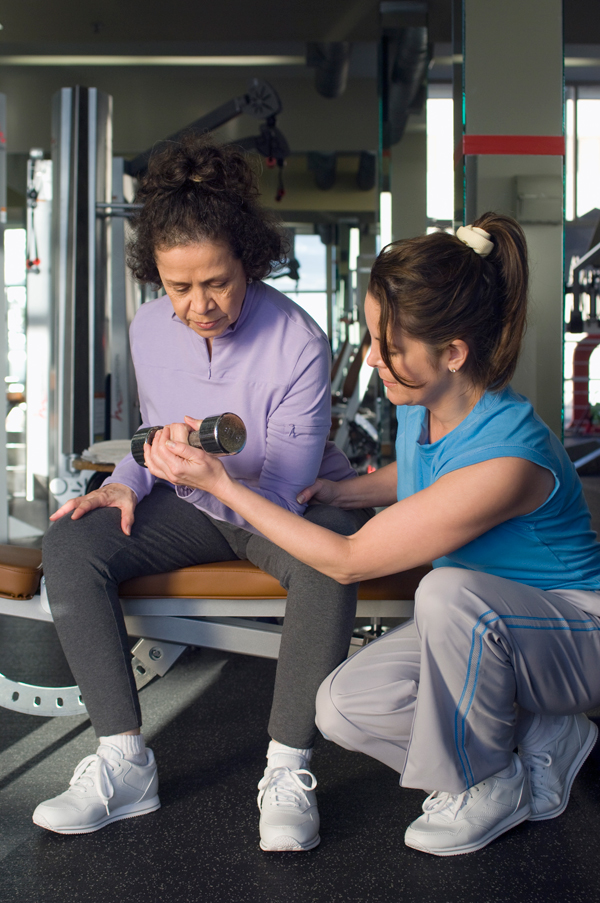

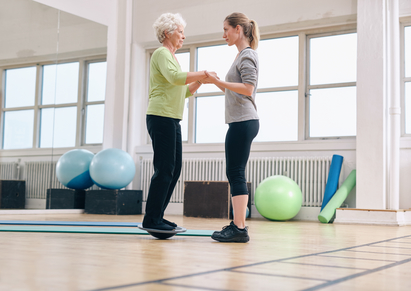
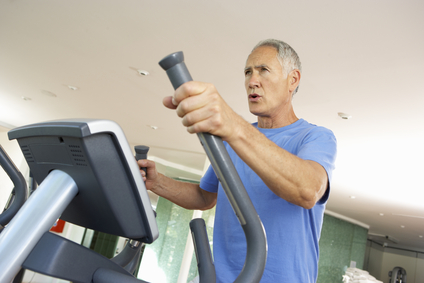 Arguably, cardiovascular exercise will always be more important than strength training throughout your client’s life because heart disease is the most common cause of death for both men and women. No one has ever died of a weak biceps muscle. But people die of weak hearts every day. One cannot live very well or very long without a strong heart. Since the risk of heart disease increases as people age, older adults need cardiovascular exercise just as much or even more than do younger adults. Like younger adults, older adults should do at least 30 minutes of cardiovascular exercise on most, if not all, days of the week. The more physically fit one remains, the slower the rate of cardiovascular decline. Maintaining exercise intensity, rather than a higher volume of training, is the key to minimizing the loss of aerobic fitness as your clients age.
Arguably, cardiovascular exercise will always be more important than strength training throughout your client’s life because heart disease is the most common cause of death for both men and women. No one has ever died of a weak biceps muscle. But people die of weak hearts every day. One cannot live very well or very long without a strong heart. Since the risk of heart disease increases as people age, older adults need cardiovascular exercise just as much or even more than do younger adults. Like younger adults, older adults should do at least 30 minutes of cardiovascular exercise on most, if not all, days of the week. The more physically fit one remains, the slower the rate of cardiovascular decline. Maintaining exercise intensity, rather than a higher volume of training, is the key to minimizing the loss of aerobic fitness as your clients age.